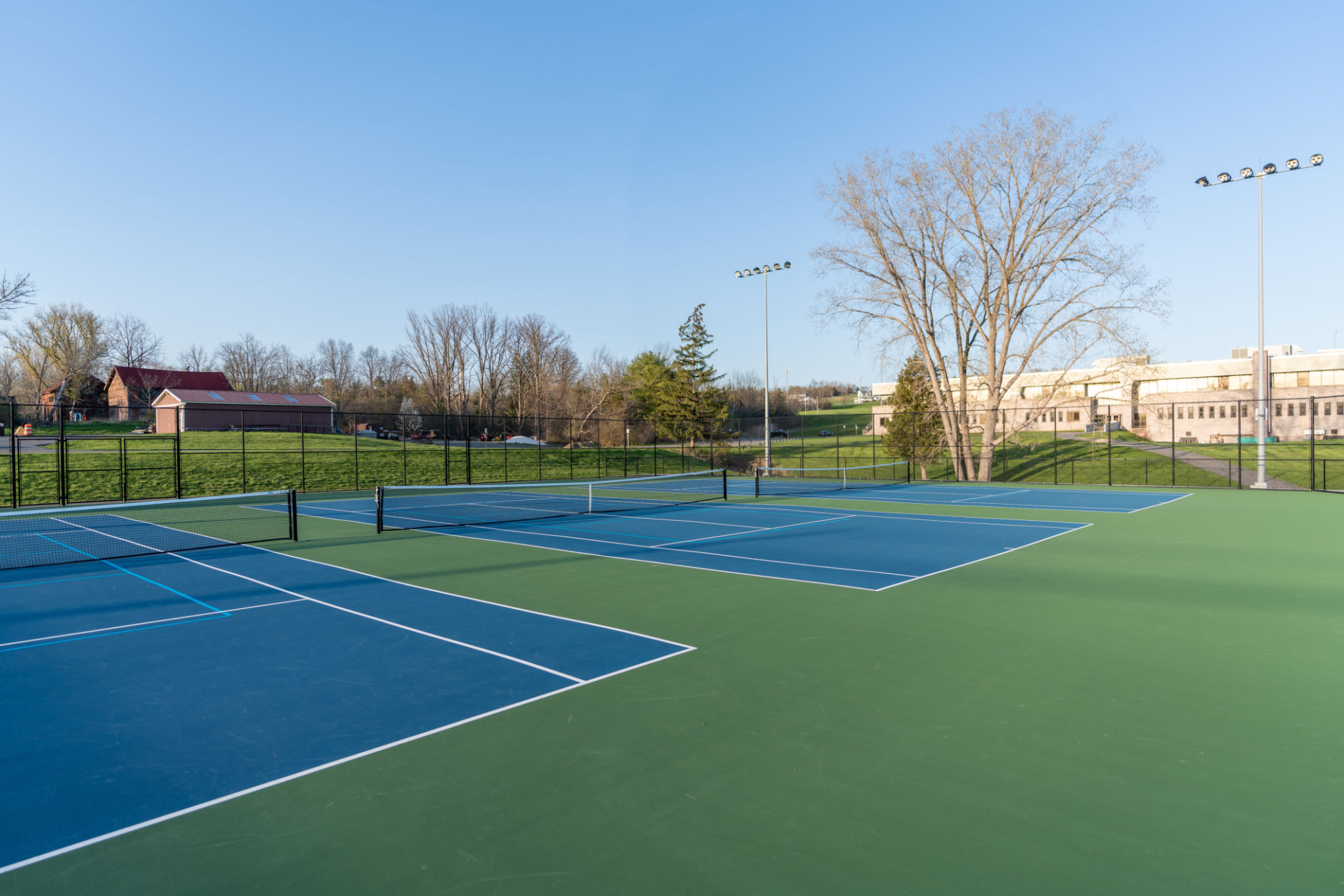Comparing Pickleball and Tennis: Which is Right for You?
Understanding the Basics of Pickleball and Tennis
Both pickleball and tennis are popular racket sports that offer great exercise and fun. While they share some similarities, they have distinct differences that can influence which might be better suited for you. Pickleball is played on a smaller court with a lower net and uses a paddle and a plastic ball with holes. Tennis, on the other hand, is played on a larger court with a higher net and uses a stringed racket and a solid felt-covered ball.

Equipment and Setup
The equipment needed for pickleball is simpler and often less expensive than that for tennis. A pickleball paddle is typically smaller and lighter than a tennis racket, making it easier to handle for beginners. The cost of paddles and balls is generally lower, making pickleball an accessible option for many. In contrast, tennis rackets vary widely in price, and players often invest in strings, grips, and proper shoes to enhance performance.
The court size is also a significant factor. A pickleball court is 20 feet by 44 feet, which is significantly smaller than a standard tennis court, measuring 78 feet by 27 feet for singles play. This difference in size means less ground to cover in pickleball, which can be appealing for those looking for a less physically demanding sport.
Physical Demands and Skill Levels
Both sports offer excellent cardiovascular benefits, but the physical demands can differ greatly. Tennis often requires more running and quick directional changes, which can be challenging for some players. Pickleball's smaller court size and slower ball speed generally make it less strenuous, appealing to those who prefer a lower-impact workout.

When it comes to skill levels, both sports cater to beginners and advanced players. However, pickleball has a relatively gentle learning curve, often allowing new players to enjoy rallies soon after starting. Tennis might require more time to develop the techniques needed for serving and volleying effectively.
Social and Competitive Aspects
Pickleball is known for its strong social aspect. With its smaller court size, players frequently engage in doubles matches, creating a friendly and interactive environment. This sport's community feel makes it especially popular among older adults and those looking for leisure activities rather than intense competition.

Tennis also offers social opportunities but tends to be more competitive, especially at higher skill levels. Tennis leagues and tournaments are widespread, providing plenty of opportunities for those who enjoy competition. Choosing between these sports may depend on whether you're seeking casual play or competitive matches.
Accessibility and Popularity
Pickleball has been rapidly growing in popularity due to its accessibility. Many community centers and parks now have dedicated pickleball courts, making it easier to find places to play. The sport's rise in popularity has also led to an increase in tournaments and events.
Tennis has long been established worldwide, with numerous courts available in various cities and towns. It's a staple in many athletic clubs, schools, and recreational facilities. The sport's extensive history means there are plenty of resources available for those looking to improve their game or find communities of players.
Making Your Choice
Deciding between pickleball and tennis ultimately comes down to personal preference. Consider what you're looking for in a sport: if you want something low-impact with a strong social component, pickleball might be the way to go. If you're interested in a more physically demanding sport with a competitive edge, tennis could be the better choice.
Both sports offer unique benefits and can provide hours of enjoyment. Whether you choose pickleball or tennis, the most important thing is to have fun and stay active!
